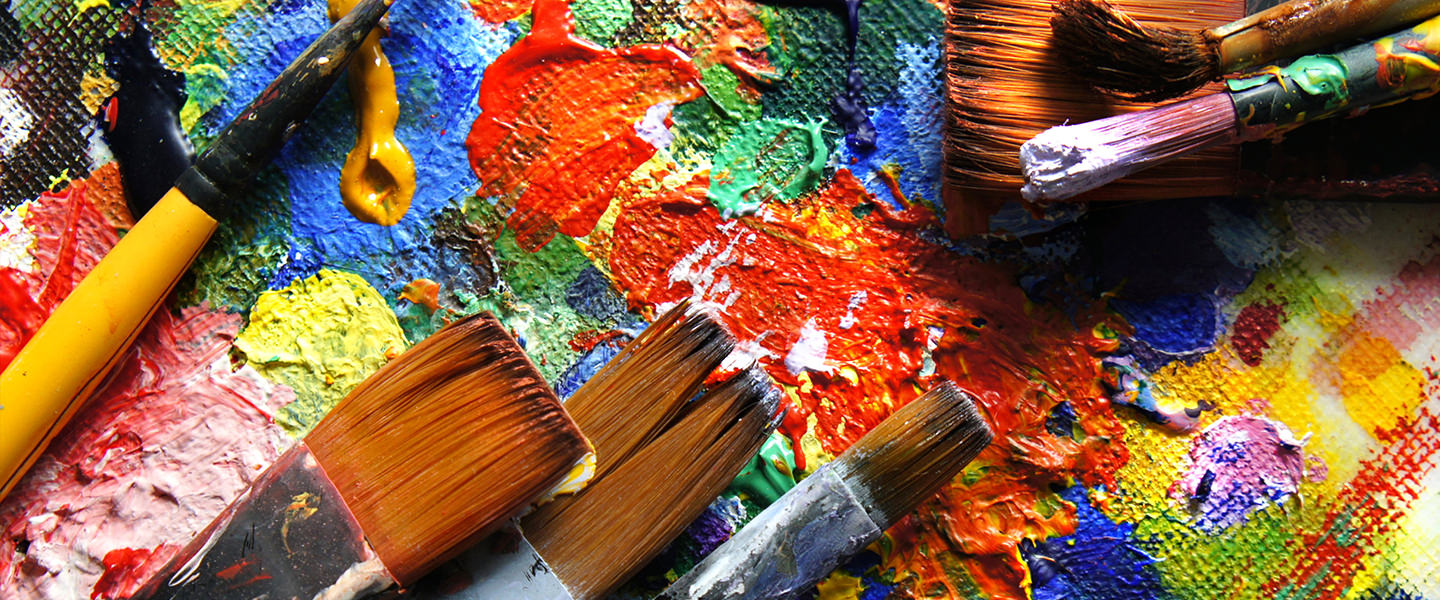Art, in its myriad forms, has long captivated humanity’s imagination, weaving aesthetic pleasure and emotional resonance into the fabric of everyday experience. Yet, beneath this exquisite surface lies an intricate relationship with the principles of entropy and thermodynamics. The observation that art is often perceived as chaotic or disordered resonates deeply with the scientific understanding of entropy, a concept that signifies the degree of disorder within a system. This article delves into the confluence of artistic expression and thermodynamic principles, illuminating how these seemingly disparate domains intersect to inform our understanding of creativity, impermanence, and the human condition.
Entropy, in the realm of thermodynamics, is a measure of the dispersal of energy within a system. In a closed system, the Second Law of Thermodynamics asserts that entropy tends to increase, leading to a natural progression toward disorder. This philosophical underpinning invites contemplation on the transient nature of existence, a theme frequently echoed in various art forms. Just as a painting may evolve over time, encountering the ravages of environmental factors like heat, moisture, and light, so too does life unfold in a continuum where order inevitably gives way to chaos.
Consider abstract expressionism, a movement epitomizing the relationship between chaos and creativity. The splashes of paint and wild brushstrokes in works by artists such as Jackson Pollock invite viewers to witness a visceral representation of disorder. Through the lens of thermodynamics, those chaotic elements reflect the inherent unpredictability of the universe. Pollock’s artistry, with its seemingly random but ultimately intentional chaos, mirrors the way energy disperses and systems advance toward higher entropy; each stroke is both a microcosm of life’s unpredictability and a representation of the thermodynamic processes at play.
Moreover, the act of creation itself, laden with spontaneity, serves as a fascinating intersection of order and disorder. Artists often embrace chaos during the creative process, utilizing techniques that harness chance and uncertainty. This engagement mirrors the thermodynamic concept of dissipative structures, where order emerges from a system that is far from equilibrium. As artists navigate the tension between structure and improvisation, they establish moments of beauty that resonate with viewers on a deeply emotional level, reflecting the very essence of life’s fluctuating states.
Conversely, traditional forms of art, characterized by meticulously planned compositions, exemplify a deliberate imposition of order. Consider the works of Renaissance masters, whose disciplined techniques and adherence to proportion establish a sense of harmony and balance. However, even within these structured pieces lies the underpinning of entropy; as time progresses, the canvases may deteriorate, colors may fade, and the once meticulous order may succumb to disarray. This gradual decline serves as a poignant reminder of the impermanence of beauty and the relentless march of entropy.
Furthermore, the relationship between entropy and art is not confined solely to the physical decay of materials. It resonates within the emotional and psychological realms as well. Artists frequently grapple with the paradox of creation and destruction. This ongoing struggle embodies the thematic elements of life itself—the juxtaposition of creation against loss, fulfillment against unfulfilled yearning. The transient nature of creative endeavor mirrors the thermodynamic principles of energy transfer; every artistic effort is accompanied by the inherent risk of failure or loss, an acceptance of entropy that reflects the human experience.
In a contemporary context, the rise of digital art presents an intriguing consideration. Digital mediums, although seemingly devoid of physical deterioration, evoke a different kind of entropy. The transient nature of technology—where files can be lost, data corrupted, or formats rendered obsolete—parallels the aging of traditional artworks. This phenomenon accentuates the paradoxical nature of digital art: while it may exist in an infinite digital space, its ephemeral essence underscores the inevitability of life’s impermanence. Hence, the digital canvas inadvertently manifests the same thermodynamic ideas of disorder as any traditional medium.
Moreover, the emergence of generative art—where algorithms create complex visual forms—further emphasizes the interplay of order and chaos. As algorithms operate based on defined sets of rules, the resultant art embodies an intricate dance between predictable patterns and unforeseen outcomes. This duality strikingly reflects the concepts of thermodynamics, wherein systems may progress toward higher entropy through the incorporation of randomness and chaos, yielding astonishing creative possibilities.
As the dialogue between art and entropy unfolds, it raises philosophical questions about the nature of existence itself. Are we mere artists of our lives, painting our experiences against a canvas punctuated by entropy? Every fleeting moment of inspiration, every brushstroke of joy or sorrow, contributes to the masterpiece of our existence. In this light, art becomes not only a reflection of disorder but also a beacon of resilience amidst the chaos of life. The dissolution of order, as evidenced in both art and the universe at large, invites a profound appreciation for the beauty found in impermanence.
In conclusion, the relationship between art and entropy is an intricate tapestry woven with threads of chaos, creation, and the ephemeral nature of existence. As we navigate the paradoxes inherent in both fields, we are reminded of the interplay between order and disorder—the relentless dance of creation and decay. Through this exploration, we gain insight not only into the nature of artistic expression but also into the fundamental principles that govern our universe. In a world where entropy reigns supreme, art emerges as a testimony to the resilience of the human spirit, a celebration of beauty amidst the inevitable march toward disorder. As we reflect on this intersection, we unearth a deeper understanding of ourselves and the remarkable journey we tread across the canvas of life.












